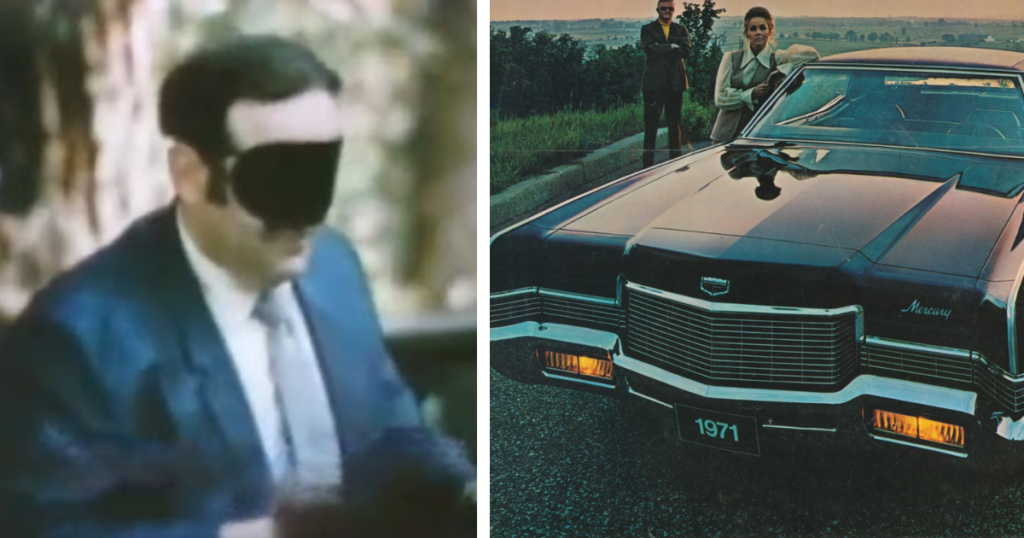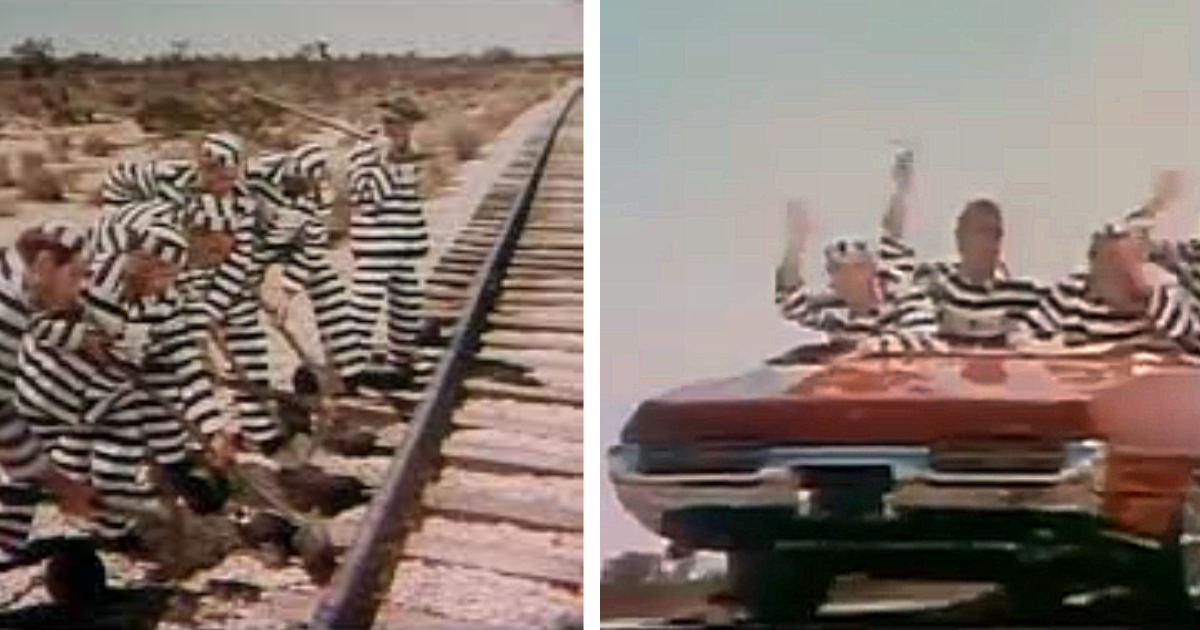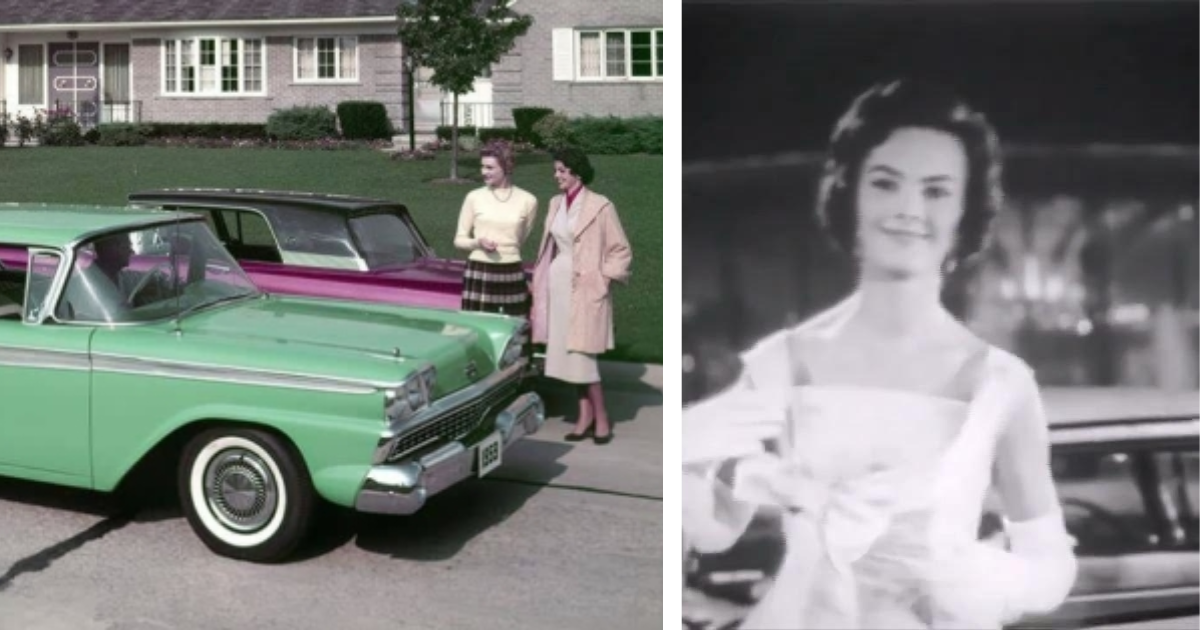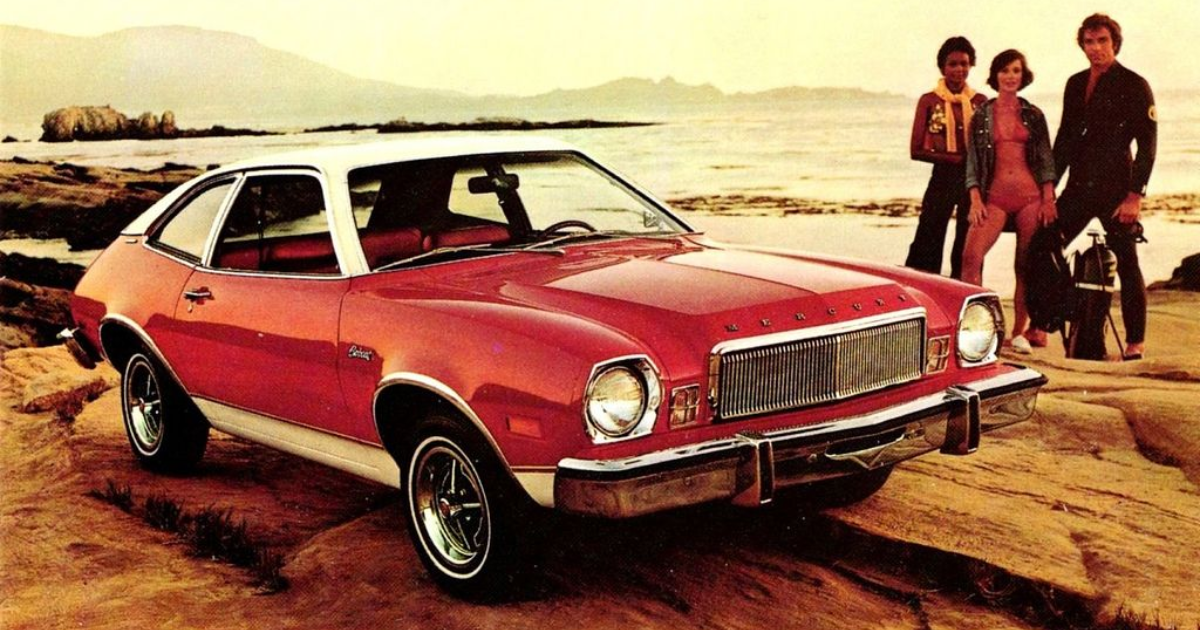
While the 69-70 Marauder X-100 certainly had a substantial presence, it didn’t quite match the full-size dimensions of other Mercury models, riding on a 121-inch wheelbase shared with the Ford Galaxie/LTD, compared to the 124-inch wheelbase of its counterparts. Despite this, the X-100 maintained significant proportions, measuring 219 inches in length and weighing in at 4,400 lbs—a heavyweight contender alongside the Chrysler 300H and Plymouth Fury GT in the luxury muscle car category.

Both Ford Motor Company and Chrysler evidently believed in a market for oversized, luxury-equipped muscle machines, and the X-100 fulfilled the muscle aspect with its sole engine option—a 429 cubic-inch V8 boasting a four-barrel carburetor, dual exhausts, and 360 hp with an impressive 480 lb-ft of torque. Sporting a 10.5:1 compression ratio, it required premium fuel, paired exclusively with a C6 three-speed automatic transmission and a sporty 3.25:1 rear axle ratio.
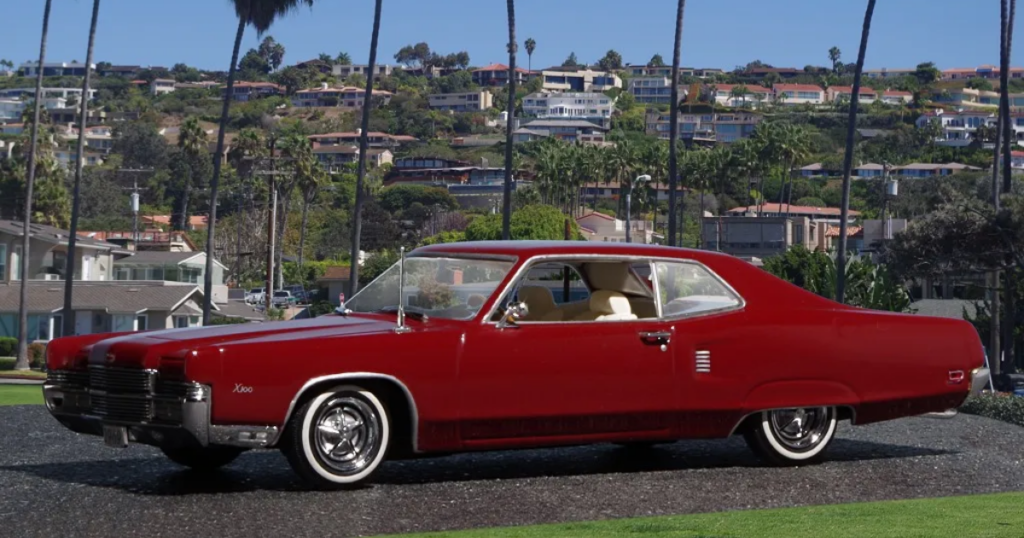
In a December 1968 road test, Car and Driver reported a respectable 0-to-60 mph time of 7.8 seconds and a quarter-mile time of 16.0 seconds—an impressive performance for a luxury cruiser. However, the observed fuel consumption ranged from 10 to 13 mpg on premium gasoline, aligning with the norm for deluxe highway cruisers of that era.
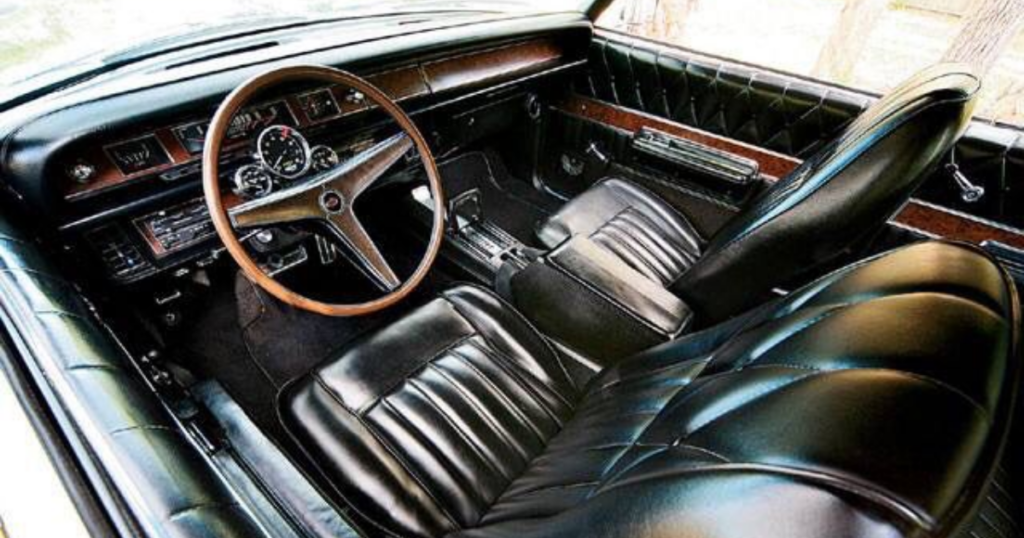
In the luxury department, Mercury spared no expense. Lavish interiors featured a choice between a split-bench seat with folding armrests or full bucket seats with a center console and a floor-mounted SelectShift lever. The car also boasted standard features such as a three-spoke rim-blow steering wheel, matte-black rear deck paint (optional), styled aluminum 15-inch wheels, white-stripe belted tires, and even fender skirts—an unusual choice that added visual bulk to the already substantial X-100.
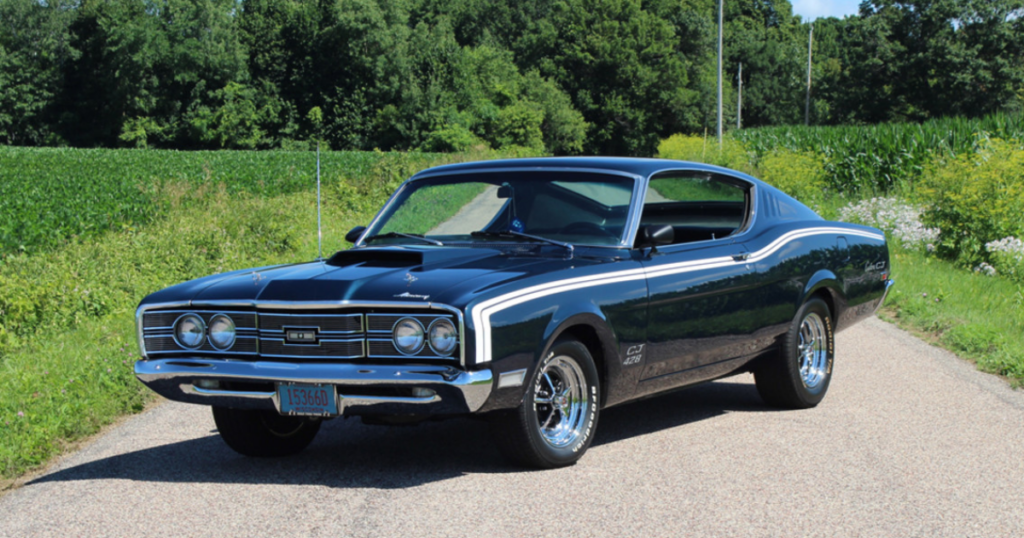
With a price tag of $4,091 at its 1969 debut, the X-100 commanded a premium of nearly $700 over the comparable Ford XL Sportsroof. With additional options, the price could surpass $4,600—entering Thunderbird territory. Sales in 1969 amounted to 5,635 units but declined to half that in 1970. By 1971, the Marauder and Marauder X-100 were discontinued, marking Mercury’s shift away from the performance and personal-luxury segments to focus on models like the Cyclone and Cougar.

The X-100’s brief but impactful presence in the automotive landscape captured the essence of a bygone era, where oversized luxury muscle cars found a niche market. As Mercury shifted its lineup in subsequent years, the X-100 left a lasting legacy as a distinctive and powerful entry in the annals of automotive history.

